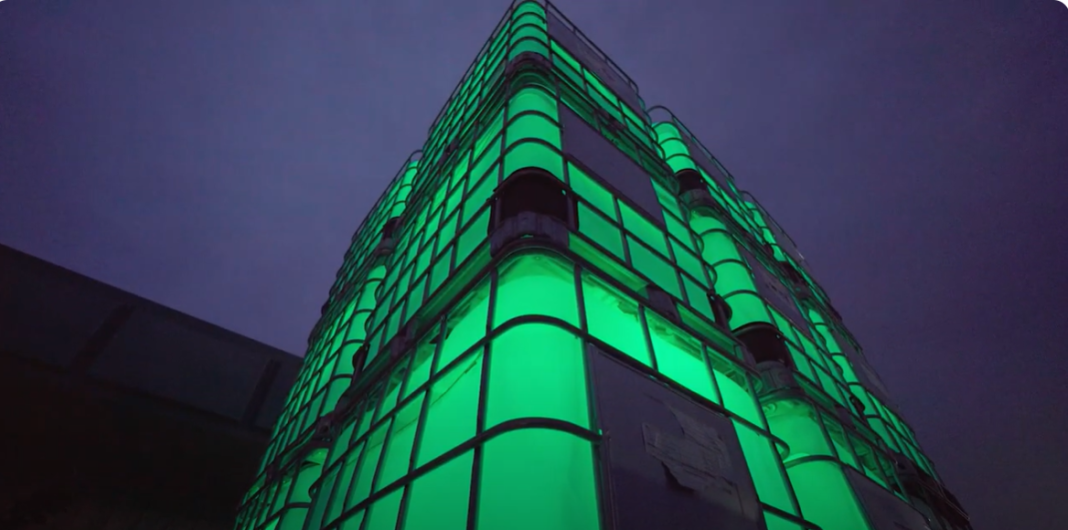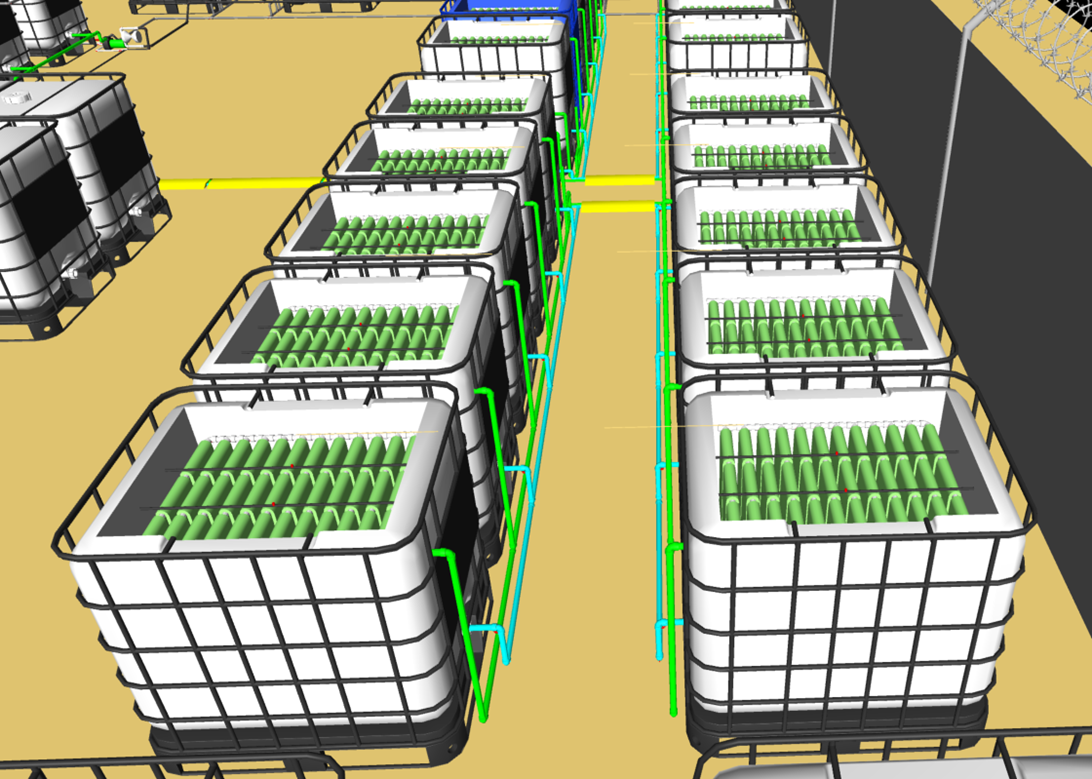Beth McDaniel, JD, President of Reactive Surfaces highlights the potential of Carbon Capture Surfaces (CCS), an innovative and affordable of method using algae for CO2 removal, addressing the urgent need for scalable solutions to combat climate change
The Climate Challenge: Why we need scalable carbon removal
To limit global warming to 1.5°C above pre-industrial levels, global greenhouse gas emissions must be cut by 45% by 2030 and reach net zero by 2050, according to the IPCC (Intergovernmental Panel on Climate Change). However, current policies fall short, with emissions still rising. Without urgent action, the world is on track for 2.5–3°C warming, leading to extreme weather, rising sea levels, and ecosystem disruptions.
Beyond emission reductions, the IPCC projects that carbon dioxide removal (CDR) methods must remove 100 to 1,000 gigatons of CO2 over the 21st century, with an annual removal target of one to ten gigatons by 2050. However, current CDR solutions remain inadequate in terms of both scale and economic feasibility.
Where do we stand on carbon removal today?
As of 2025, the world is drastically behind in CDR deployment. While one to ten gigatons of CO2 must be removed annually by 2050, current direct air capture (DAC) technologies remove only 10,000 tons per year – a fraction of what is required.
It’s important to note that not all carbon capture efforts qualify as CDR. For example, carbon capture for enhanced oil recovery does not result in net-negative emissions since the CO2 is reinjected to extract more fossil fuels.
Effective CDR solutions must be carbon-negative, meaning they remove more CO2 than is emitted during operation.
Given that emission trends are rising, not falling, and existing CDR technologies are falling way short of expectations, it is clear that the world needs additional, scalable, and cost- effective CDR solutions.
What are Carbon Capture Surfaces (CCS)?
Carbon Capture Surfaces (CCS) are a scalable, cost-effective DAC-CDR technology that captures atmospheric CO2 using novel, thin sheets or ‘substrates’ upon which the algae grow inside modular units. These specially designed substrates are coated with proprietary bio-based functional coatings to optimize algae growth. The algae photosynthesize upon the substrate, converting CO2 into biomass, which is then harvested and dried into a stable powder; at this point, the CO2 is permanently sequestered in a closed-loop system.
Key features of CCS technology:
- Compact and efficient:
- A 1m3 CCS module occupies a 1m2 footprint but contains up to 20m2 of algae-growing surface for enhanced CO2 capture.
- Continuous monitoring:
- Each module contains sophisticated monitors that track CO2 levels, O2 production, and environmental conditions to optimize growth.
- Minimal resource use:
- The system can directly derive most of its needed water from the atmosphere. Any water, fertilizer, or functional coatings materials are captured and recycled into the CCS system.
- Energy-efficient:
- Can operate entirely on solar power.
- Location-agnostic:
- Adaptable to a wide array of environments, using locally optimized microalgae species.
- Multiple revenue streams:
- The resulting biomass can be processed into biochar, animal feed, or high-end cosmetics, creating additional income opportunities.
How much CO2 can CCS remove?
Currently, it takes ten 1m3 CCS modules to remove one ton of CO2 per year at a cost of $250 per ton sequestered or removed. However, with continued engineering improvements, by 2030, the Developers of CCS project system optimization such that only ONE 1m3 CCS module to remove one ton of CO2.
Economic potential of CCS
With High-Quality Carbon Credits (HQCCs) trading for $200–$500 per ton, CCS technology offers a strong financial return:
- A 1,000-module CCS farm (on one acre of land) at current efficacy levels will remove 100 tons of CO2 per year, generating $20,000–$50,000 in carbon offset credit revenue.
- By 2030, with one module per ton, the same farm will generate $200,000–$500,000 annually in carbon offset credits.
- The cost of a fully operational 1,000-unit CCS farm is $400,000 today, but scalability and engineering improvements will significantly reduce costs.
- The 45Q federal tax credit may provide up to $180 per ton of CO2 removed, further enhancing profitability.
- The dried biomass can be converted to biochar – a valuable soil amendment selling for $200 per ton or more.
How CCS scales to gigaton levels
Unlike large-scale engineered solutions, CCS does not require massive industrial infrastructure. It can be deployed nearly anywhere, making it an ideal climate solution for farms and underutilized land.
Why farms are ideal for CCS deployment
- Underutilized land: Less than half of the acreage on a typical farm is used for crops—providing ample space for CCS modules.
- Minimal disruption: CCS modules do not interfere with traditional farming activities.
- New revenue stream: Farmers can earn substantial passive income by selling carbon credits and biochar.
At projected CCS efficiencies, it would take less than 0.5% of US farmland to remove one gigaton of CO2 annually, a scale-up that would dramatically change the climate change landscape for the better.
The Future of CCS: Scalable, profitable, and climate-positive
Scaling carbon removal is an urgent global challenge. CCS technology offers a practical, scalable, and profitable solution for achieving climate goals. With low resource requirements, adaptability, and multiple revenue streams, CCS presents a viable pathway to gigaton-scale CO2 removal.
By integrating CCS into farms and other underutilized spaces, we can scale up to meet climate change’s challenges while generating economic value—a win-win for the environment, farmers, and the global community.



